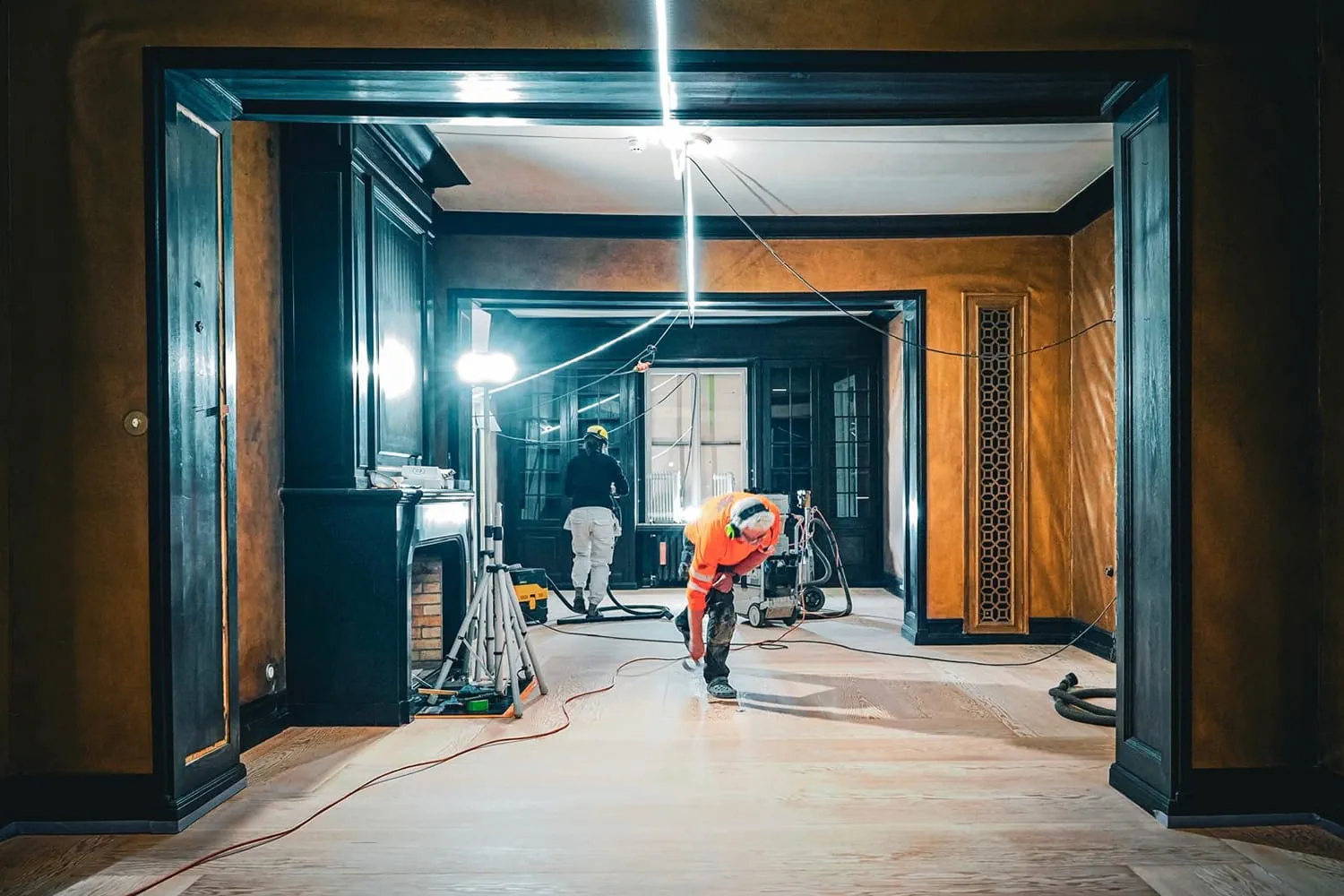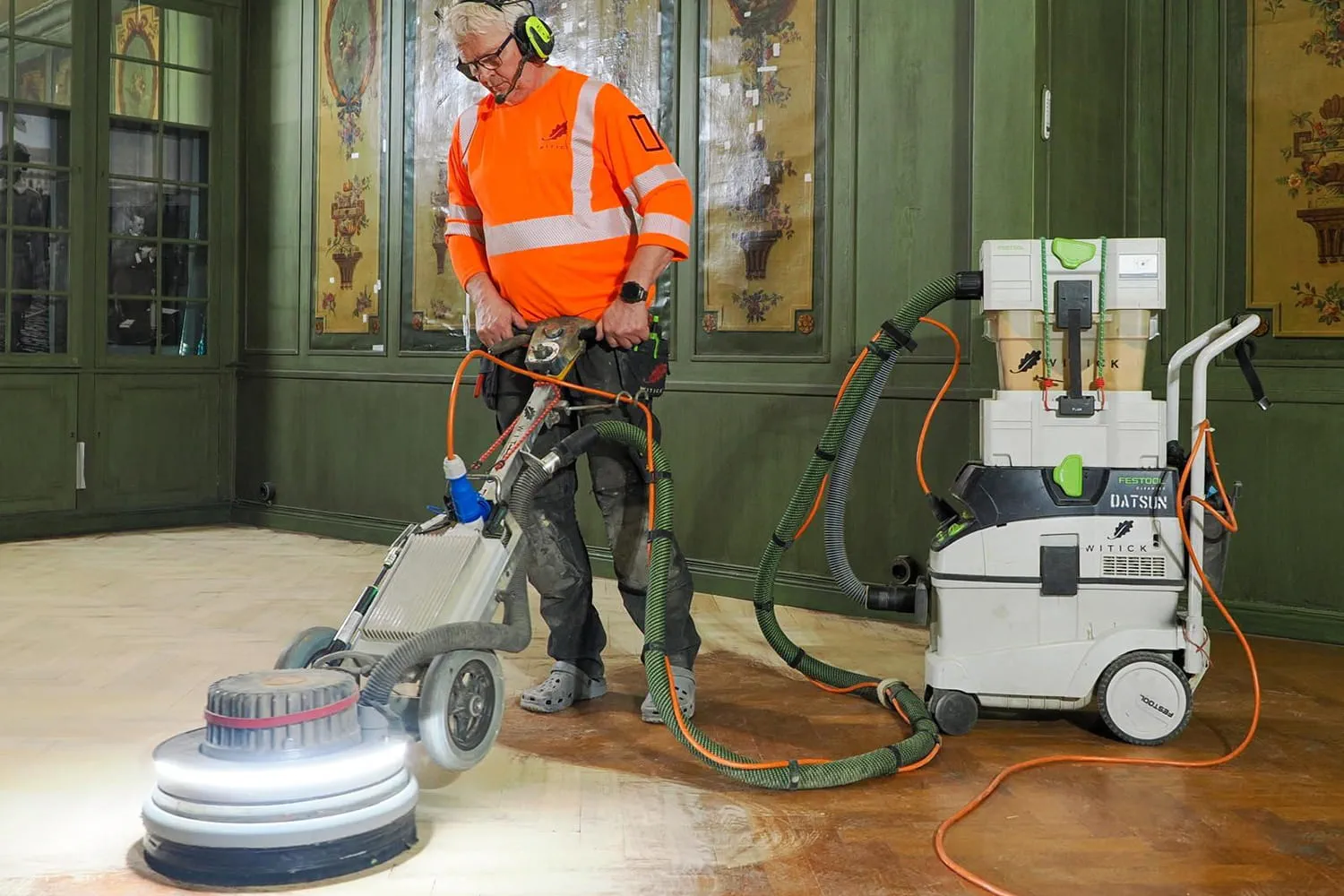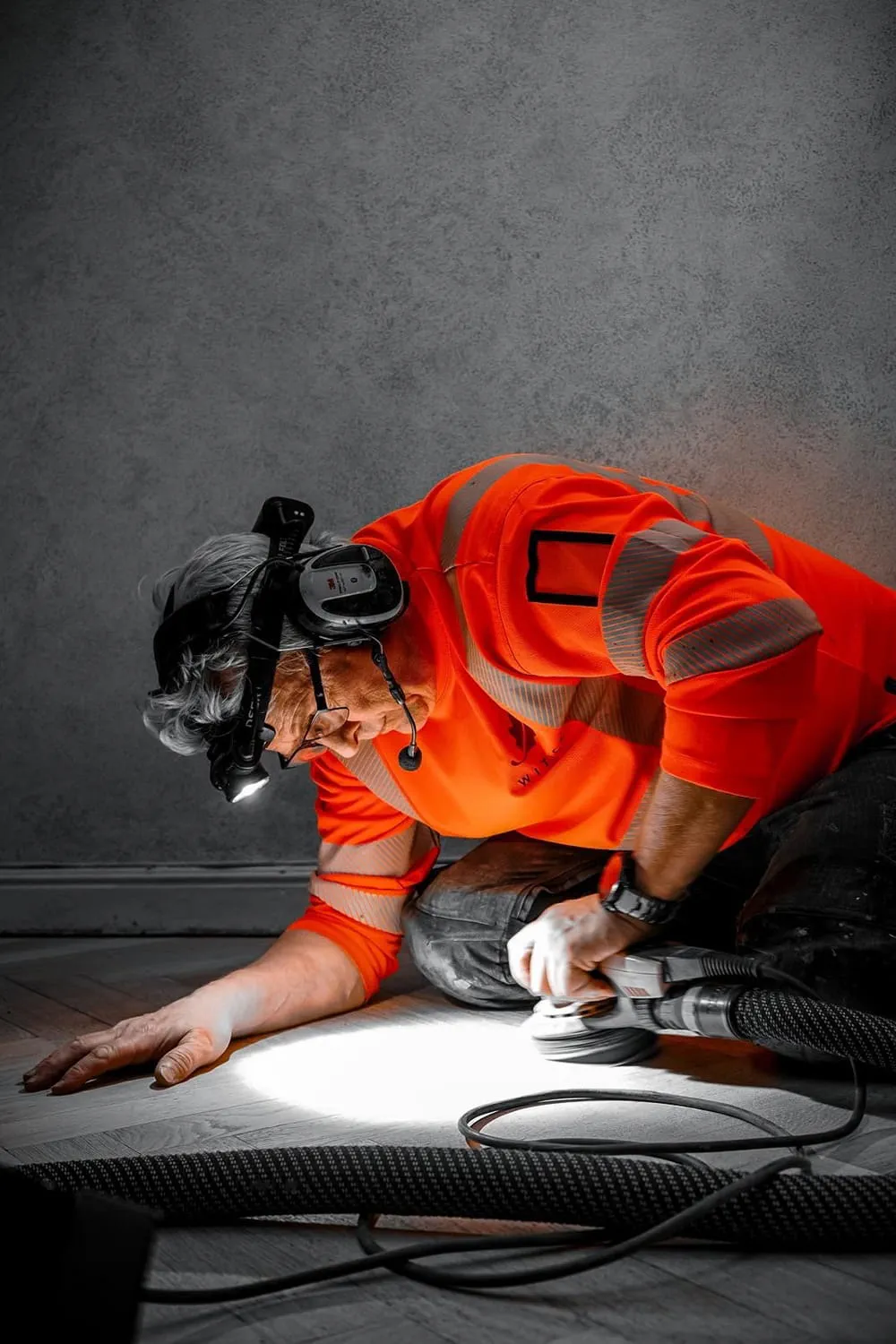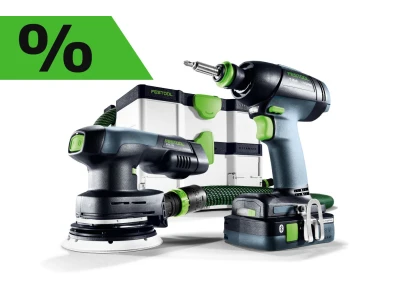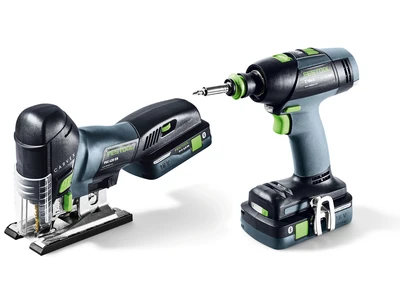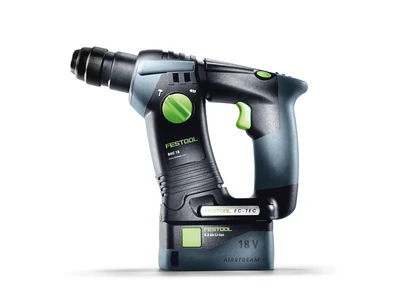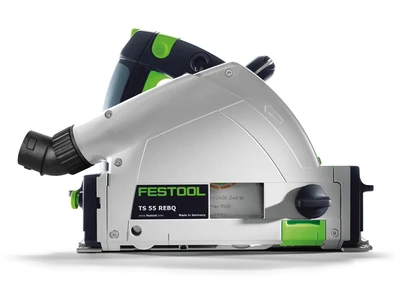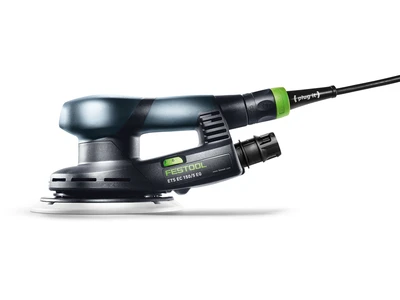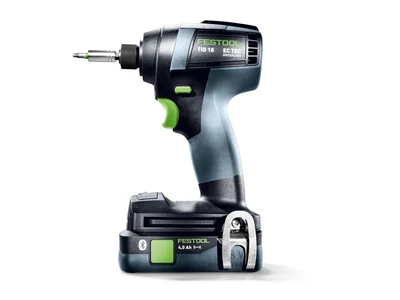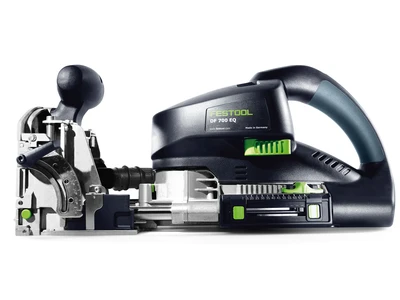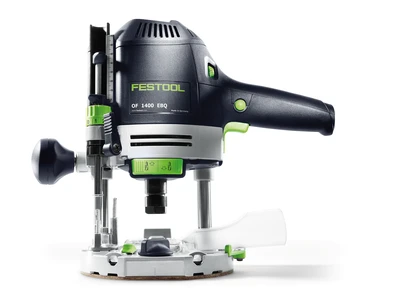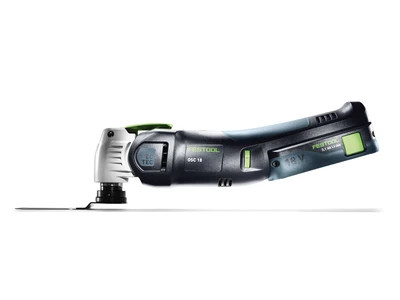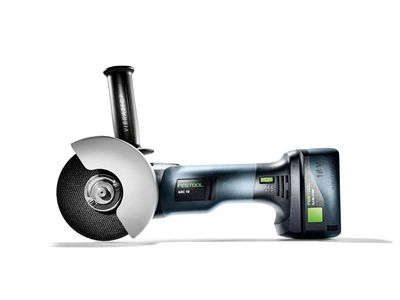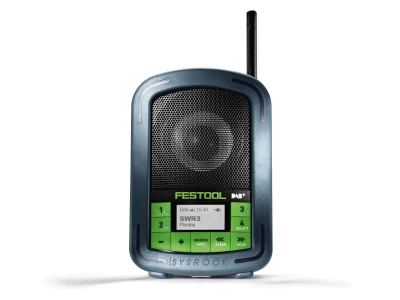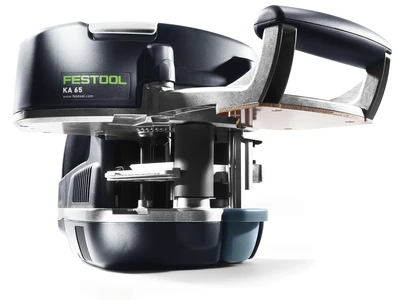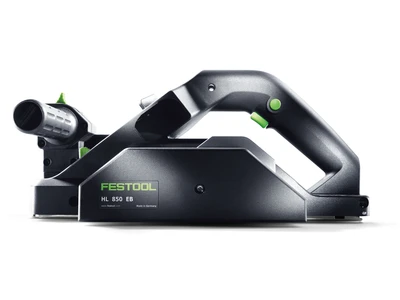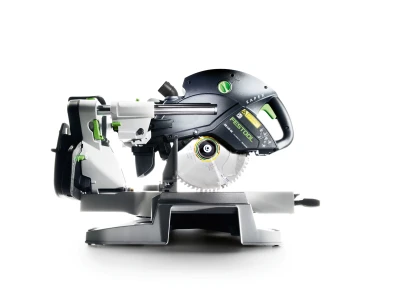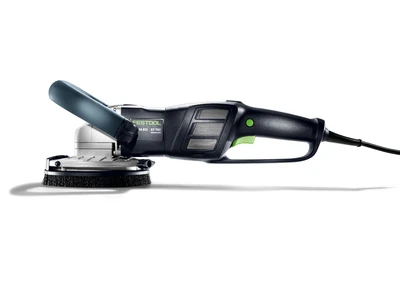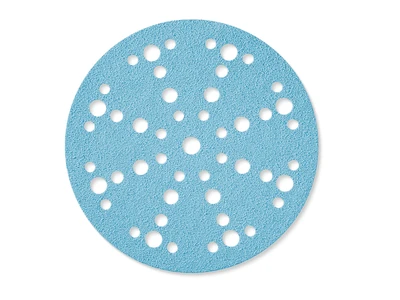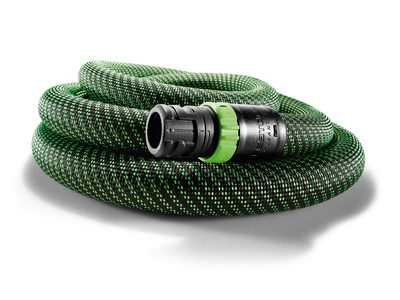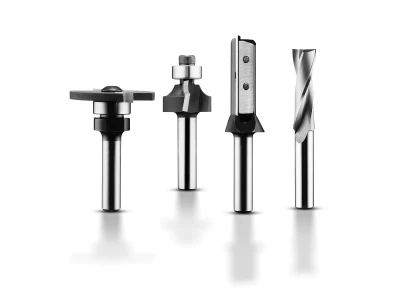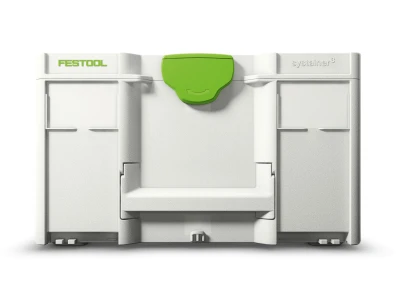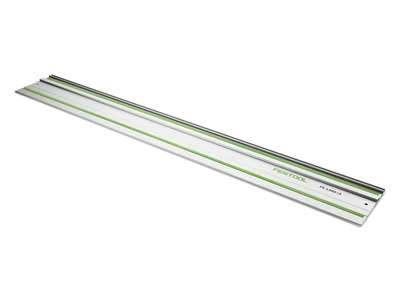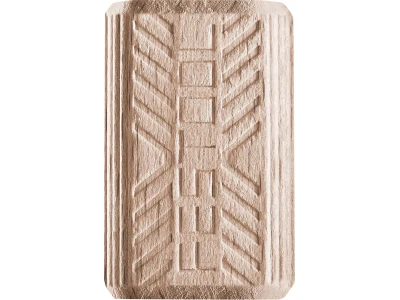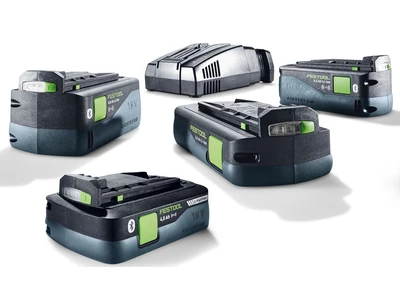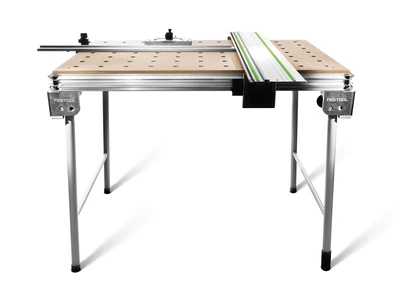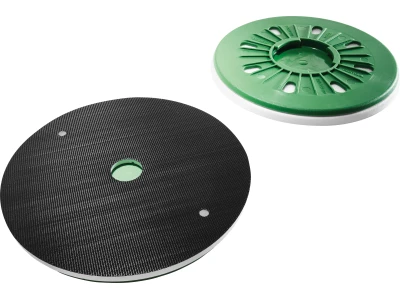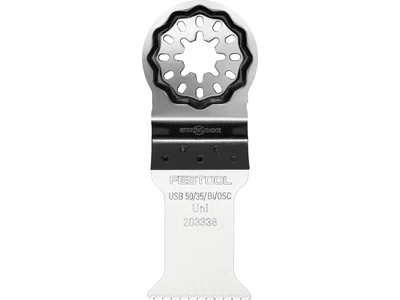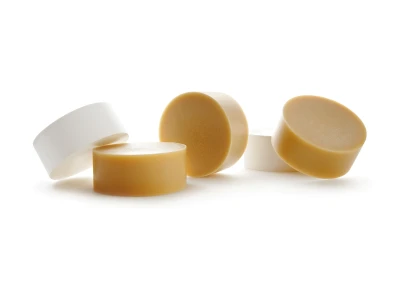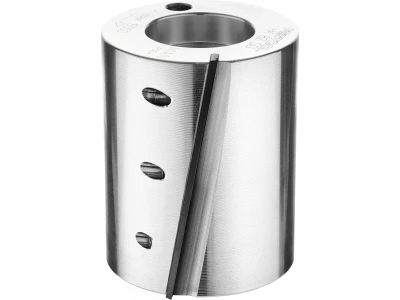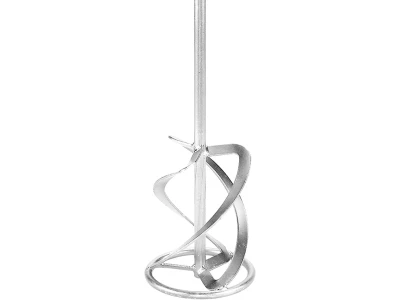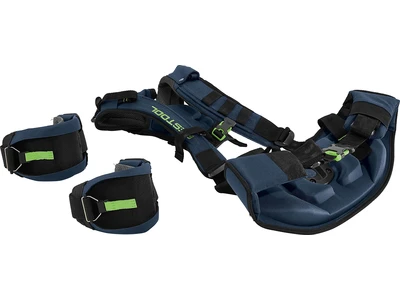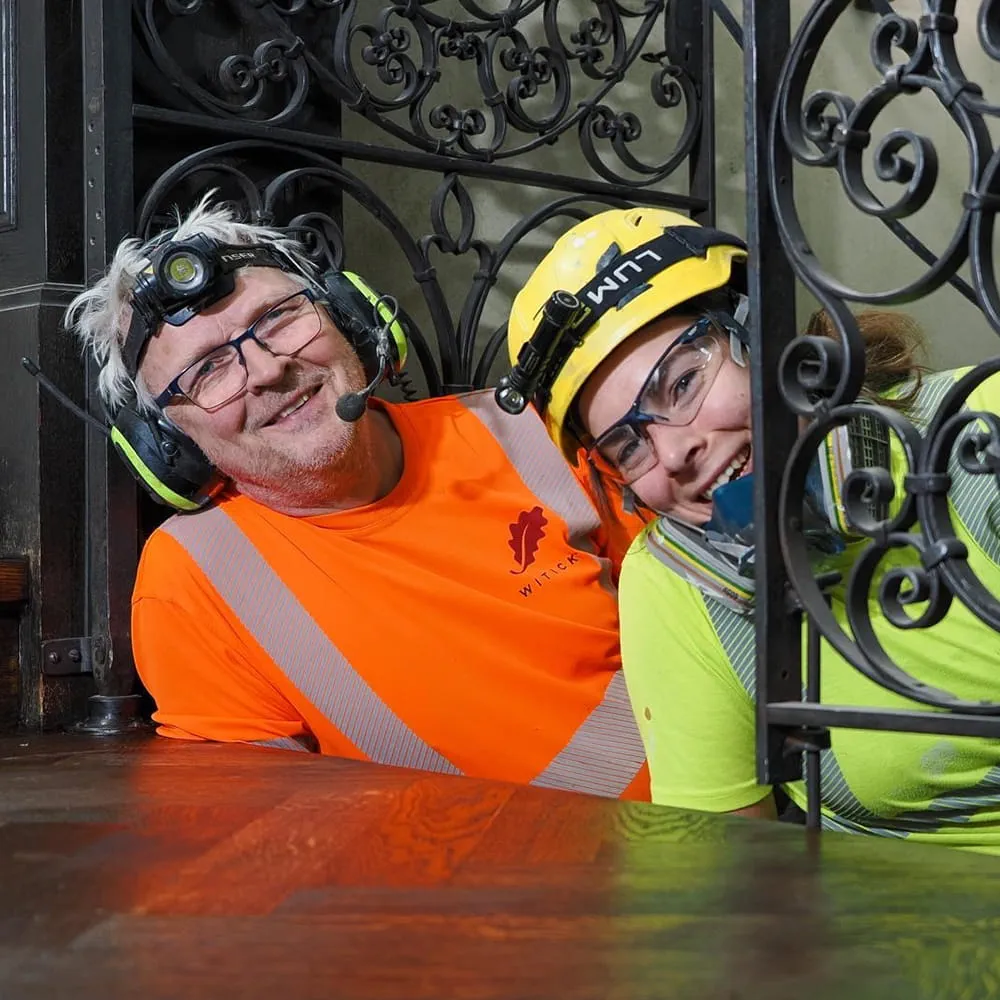
An alliance of historical dignity and modern expertise - the restoration of the Marschall Mannerheim Museum
Skills and tools in a challenging environment:
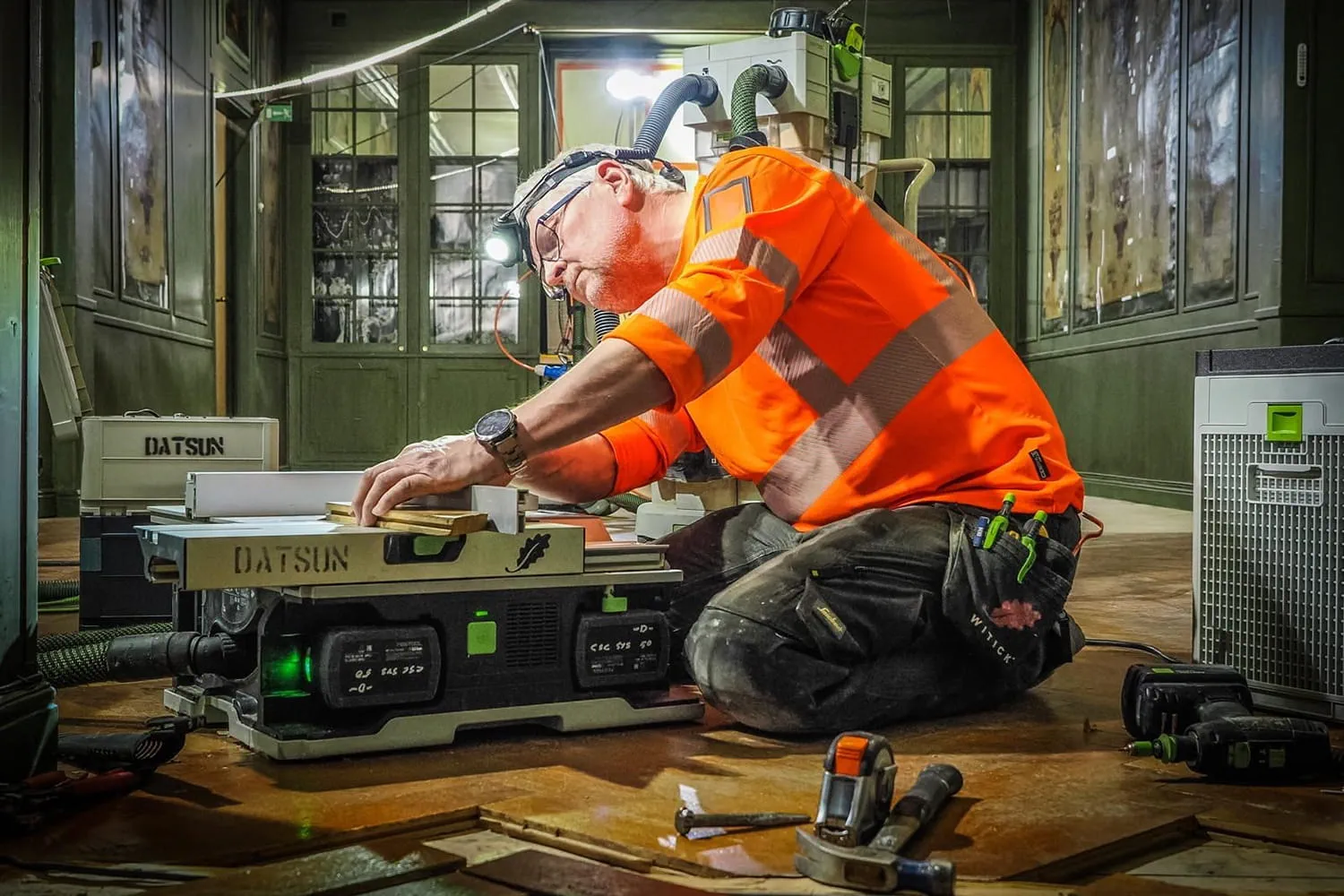
"CSC-SYS 50 - the parquet layer's best friend. The SYS- AIR Air purifier is an important addition to the project, as the work was mobile and the construction site had to remain dust-free."
Datsun says.
Completely dust-free - an important prerequisite for a historical museum location
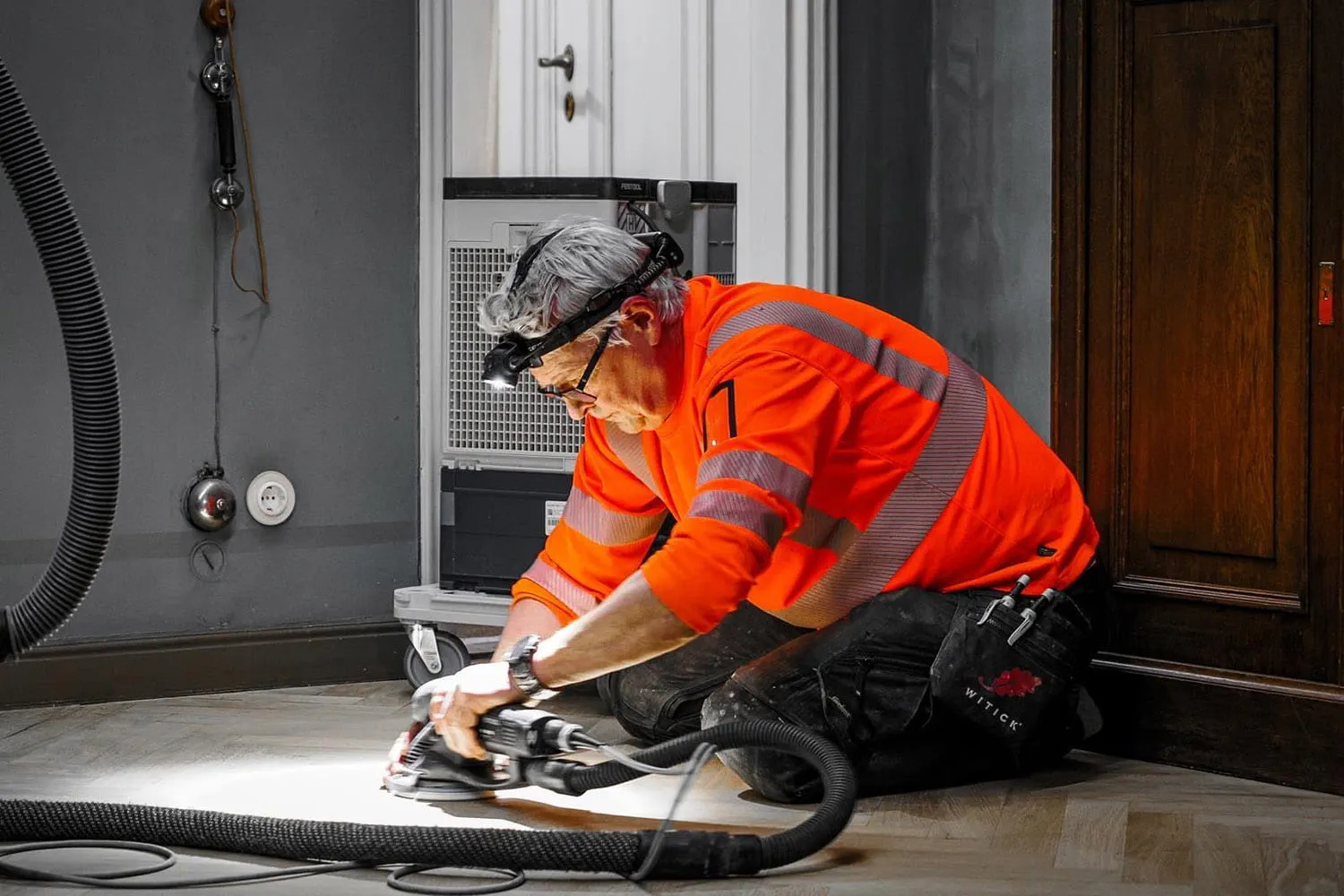
To ensure ultimate cleanliness, the Festool SYS AIR air purifier was also used to remove the fine dust suspended in the air that even the most powerful hoovers cannot fully reach when the tool is in use. With this device, the cleanliness of the room was brought up to museum-worthy standards - so that work could be carried out safely in the museum without damaging historic surfaces or artefacts.
"SYS AIR was the icing on the cake for us, ensuring that the room remained completely dust-free. It wasn't an accessory - it was the lifeblood of the work," summarises Datsun.
This combination of effective dust extraction and Air purifier made it possible to carry out the demanding refurbishment work in a way that added value - in a way that met the highest standards of the working world, both past and present.Refining a valuable environment - oiling with the ETSC 2 sander
Festool's ETSC 2 floor sander with built-in LED lighting, which was launched earlier this year, proved to be an excellent solution for this purpose. The LED lighting enabled precise visibility into all corners and hard-to-see areas - even in dimly lit areas. This allowed Datsun to ensure that the oil was applied to the floor in exactly the right quantity and using the right technique.
"TheETSC2 was invaluable, especially when working on soils. When using natural Pallmann parquet oil, it is absolutely crucial to apply it to the wood in the right way. The non-centric movement combined with the light weight of the machine and the LED light made this work safe, dust-free and precise," describes Datsun.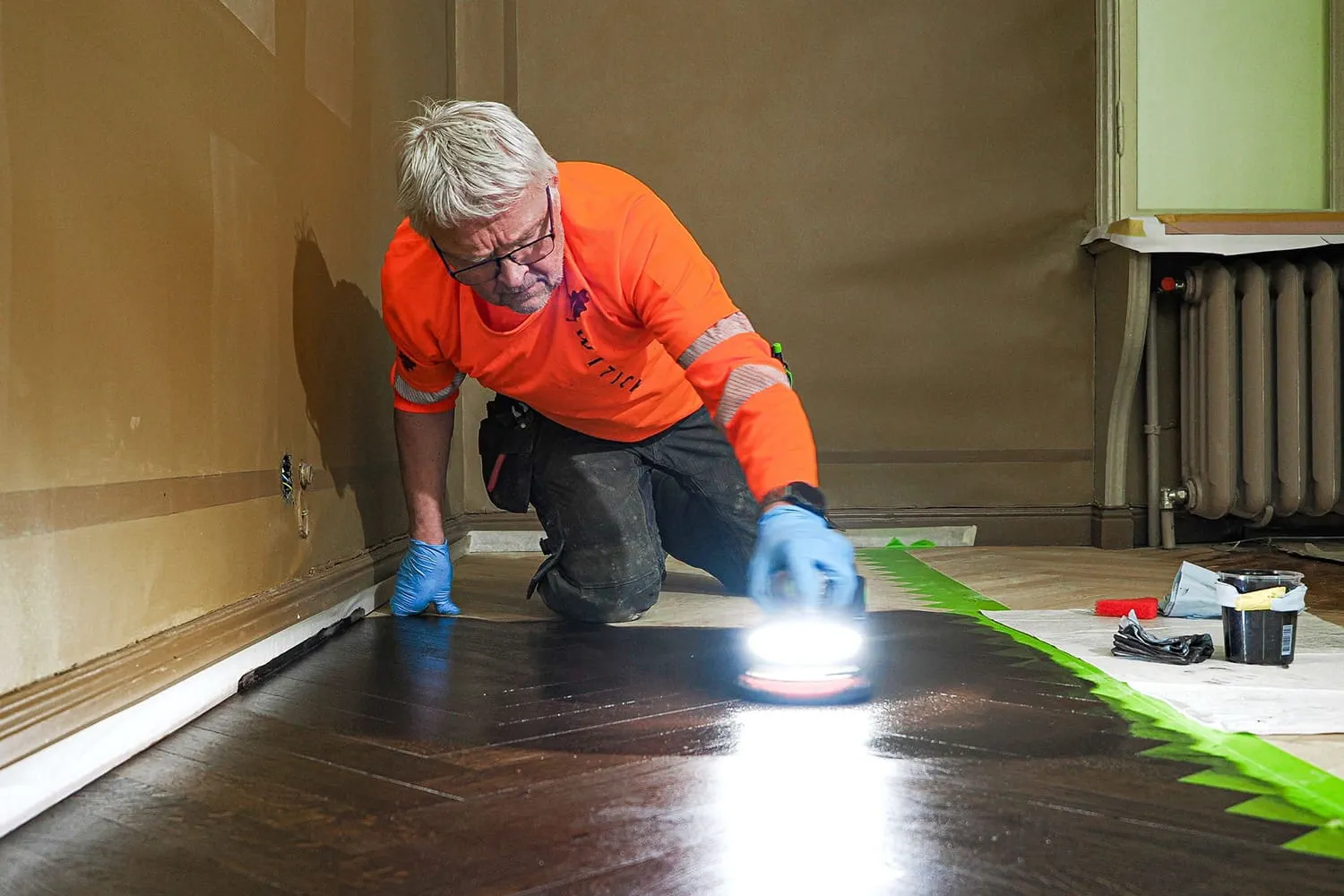
The museum staircase was finished with a battery-powered RTSC 400 surface sander, which offers excellent features such as outstanding ergonomics, a low overall height and cordless operation. And, of course, dust-free and healthy thanks to the Longlife dust bag made of special, durable polyester fabric.
"The best thing about these 18-volt machines with the carbon-free EC-TEC motor is always the fact that they deliver the performance of a mains-powered machine," summarises Datsun.
Finishing the staircase was quick and easy with the RTSC 400 cordless sander thanks to its manoeuvrability and dust-free operation.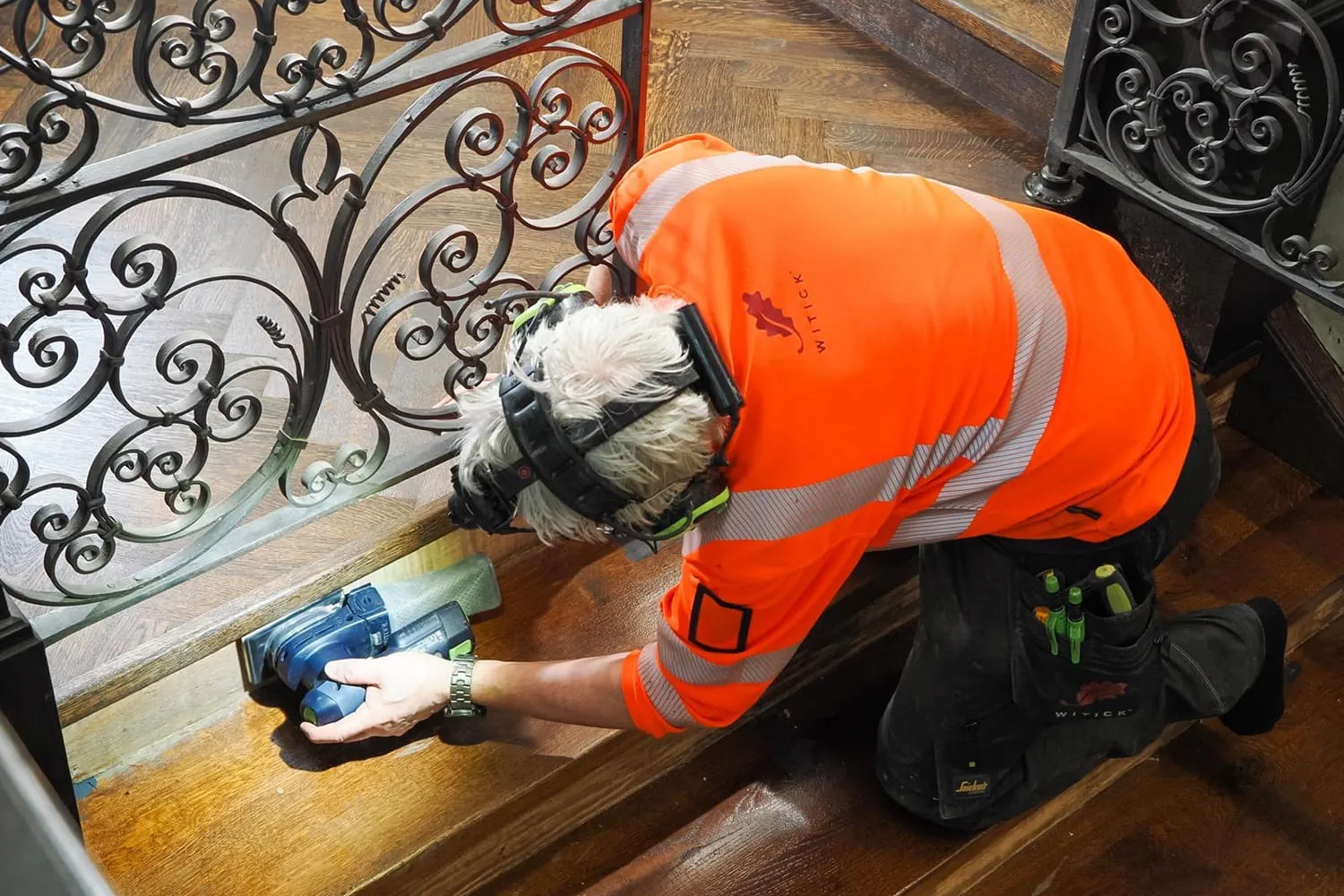
Sustainable development - part of our future heritage:
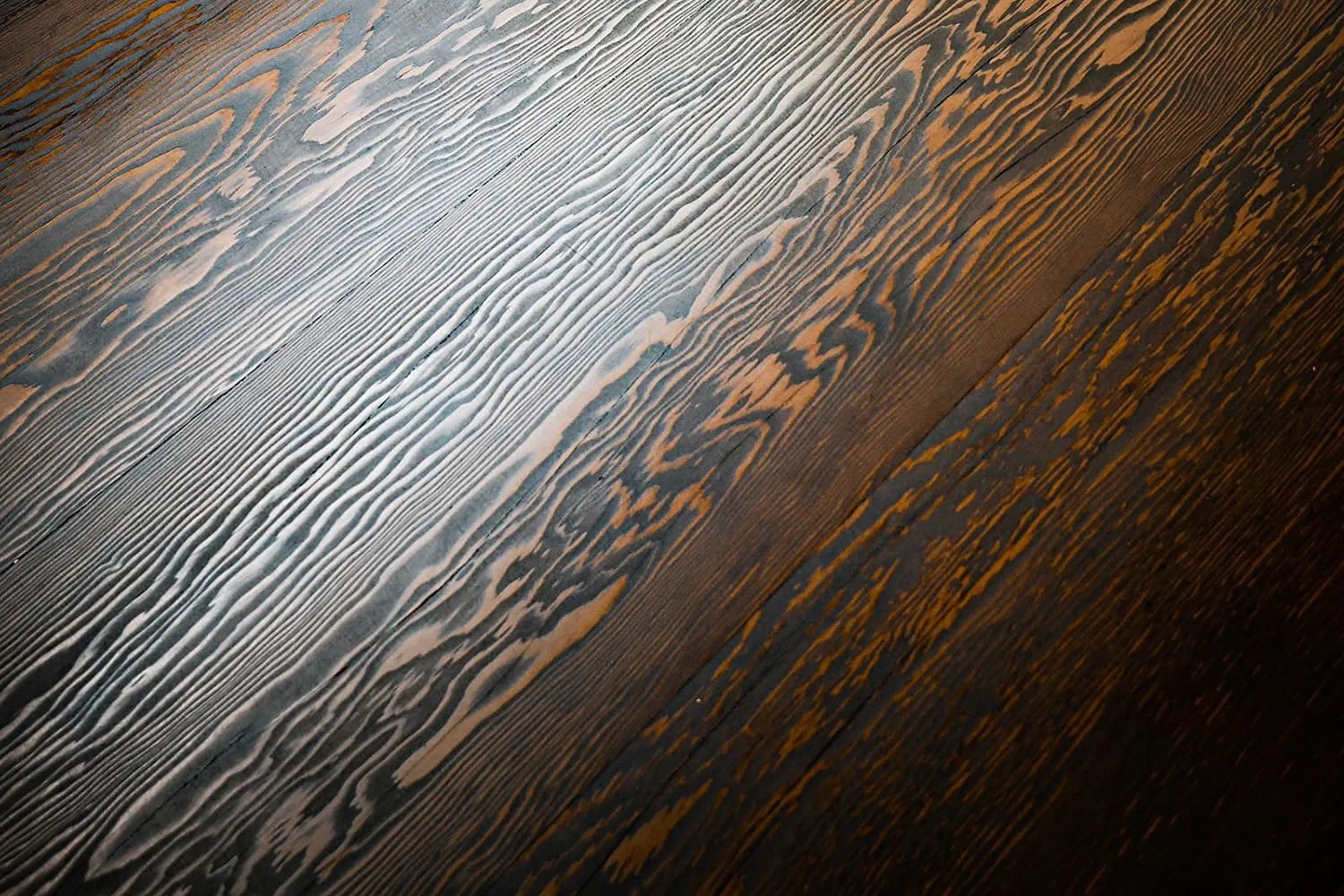
About Carl Gustaf Emil Mannerheim
